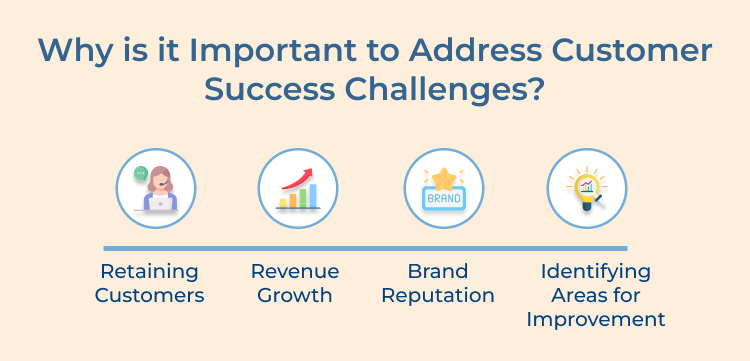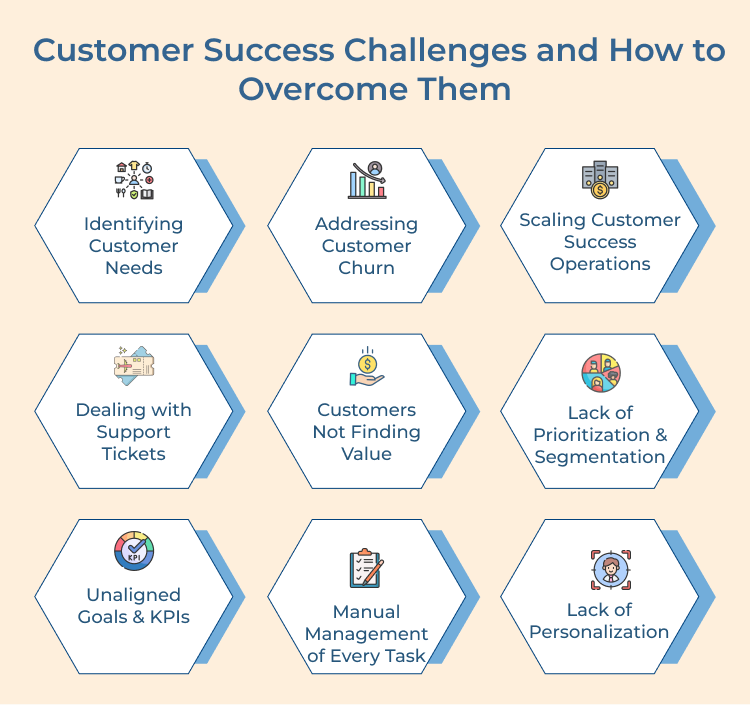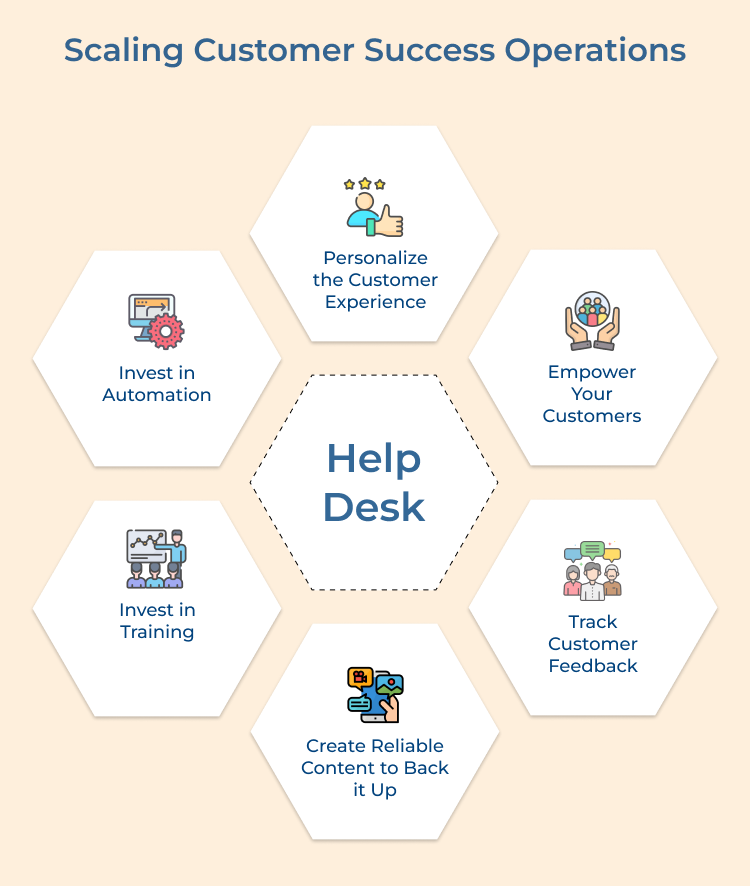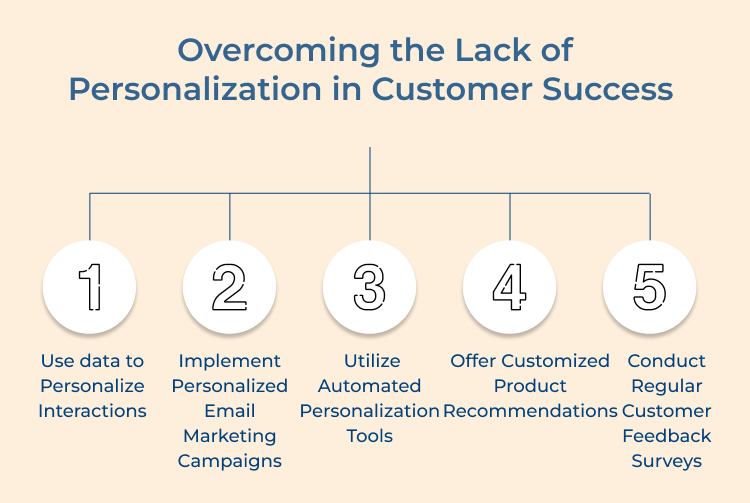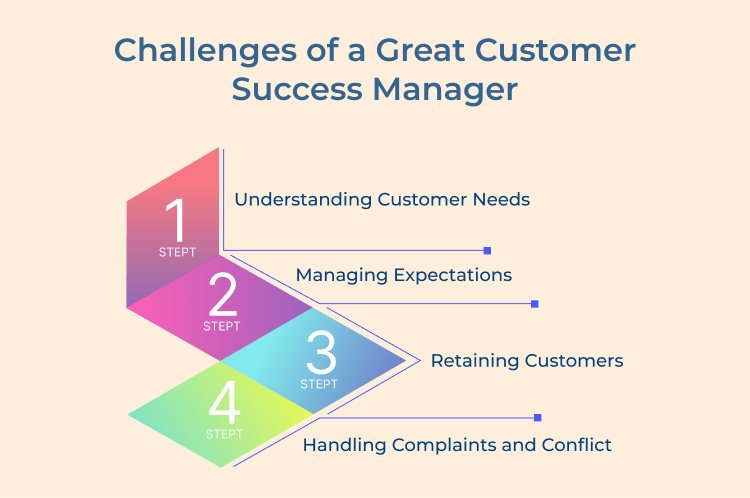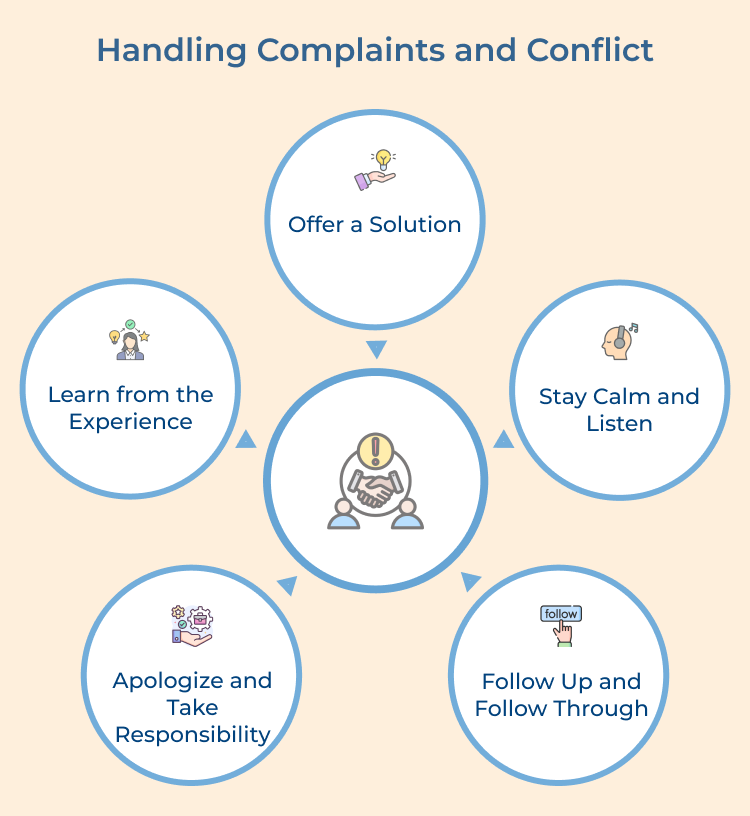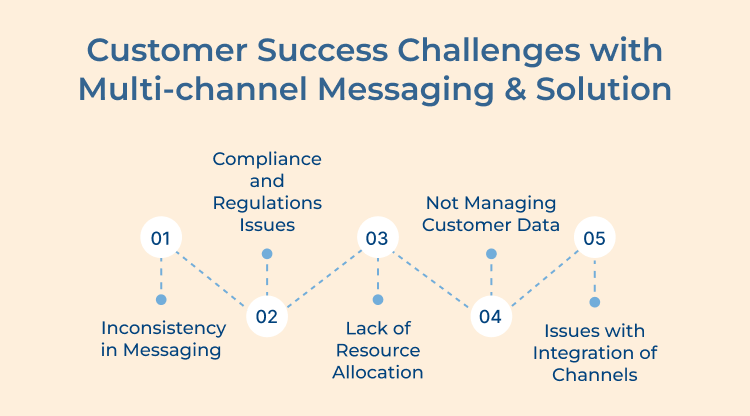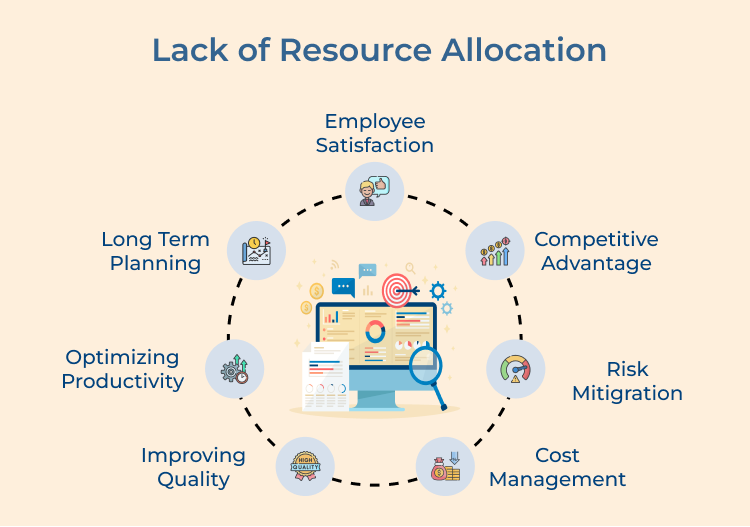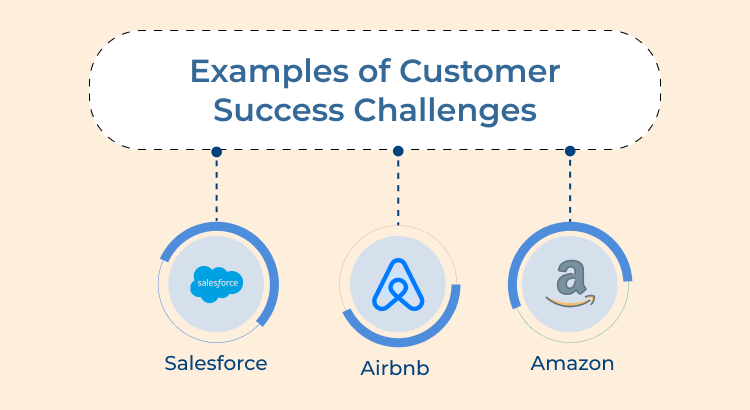How to fix: businesses should invest in customer success tools and automation software, hire additional team members and create scalable processes that can accommodate a growing customer base.
Consider following precautions:
- Invest in customer success tools and automation to streamline processes and handle a growing customer base.
- Develop a scalable customer success strategy that can adapt to changing business needs.
- Hire and train a team of customer success professionals to support the expansion of your customer success operations.
4. Dealing with Support Tickets
Dealing with support tickets is another common challenge for customer success teams. Support tickets can pile up quickly, especially during times of high customer volume or product launches. This challenge is often caused by a lack of streamlined processes for managing and resolving support tickets.
How to fix: The customer success teams should implement a ticketing system, prioritize tickets based on urgency and provide timely responses to customer inquiries.
Here are a few precautions to consider:
- Implement a ticketing system to track and prioritize customer issues efficiently.
- Provide self-service options and knowledge bases to empower customers to find solutions on their own.
- Train support staff to handle tickets promptly and effectively to ensure customer satisfaction.
5. Lack of Product Value
Customers not finding value in a product or service is a challenge that can lead to dissatisfaction and churn. This challenge is often caused due to lack of understanding of the customer’s objectives and ineffective onboarding processes.
How to fix: customer success teams should work closely with customers to clearly define their goals and ensure that they are achieving value from the product or service.
Tips to follow:
- Conduct regular check-ins with customers to understand their needs and how they are using the product.
- Offer personalized training sessions to ensure customers are maximizing the value of the product.
- Continuously gather feedback and data to make improvements to the product that aligns with customer needs.
6. Lack of Prioritization & Segmentation
Prioritization and Segmentation are two key levers that determine customer success.
Lack of prioritization and segmentation is a great drawback for client success teams. Without a clear understanding of which customers to focus on and which actions to prioritize, it can be difficult to effectively support all customers. This problem is often caused by a lack of data-driven insights and segmentation strategies.
How to fix: Success teams should use customer data & analytics to identify high-value customers, create segmentation strategies based on customer needs and preferences, and prioritize actions based on customer impact.
Consider the following precautions:
- Develop a clear segmentation strategy based on customer needs, preferences and behavior. Create customer profiles and focus groups to deliver effective support.
- Prioritize high-value customers and tailor customer success efforts accordingly.
- Continuously reevaluate and adjust segmentation strategies based on customer feedback or data analysis.
7. Unaligned Goals & KPIs
Goals improperly aligned can hinder the success of a customer success team.
When different departments have conflicting goals and key performance indicators (KPIs), it can be quite challenging to ensure that everyone is working towards the same objectives. The main reason behind the problem is the lack of communication and alignment between departments.
How to fix: Businesses should establish clear goals and KPIs for customer success that are aligned with overall business objectives. They should ensure that all departments are working towards the same outcomes.
Here are tips to follow:
- Ensure that customer success goals and KPIs are aligned with overall business objectives.
- Regularly communicate with other teams, such as sales and marketing, to ensure alignment of goals.
- Collaborate with cross-functional teams to establish shared KPIs and metrics for measuring success.
8. Manual Management of Tasks
Manually handling the tasks is also a challenge that can lead to inefficiencies and errors.
When customer success teams rely on manual processes to manage tasks, it can be difficult to scale operations and provide timely support to customers. It usually happens due to lack of automation and workflow tools.
How to fix: businesses should invest in customer success software & automation tools, streamline processes, and delegate tasks effectively to improve efficiency.
Here are a few precautions to consider:
- Implement customer success software and automation tools to streamline processes.
- Delegate responsibilities to team members based on their strengths and expertise.
- Regularly optimize workflow processes to ensure efficiency and productivity.
9. Lack of Personalization
Personalization is in vogue. Missing out on personalization is a challenge that can impact customer engagement and loyalty.
When customers feel like they are just a number and not receiving personalized attention, they may be more likely to churn. When there is a shortage of customer data & insights and ineffective communication strategies the problem happens.
